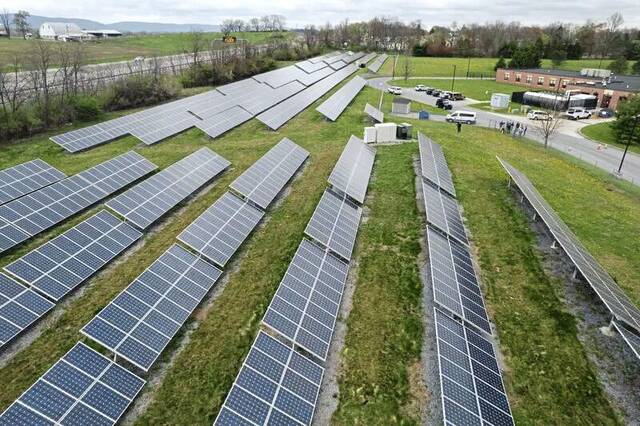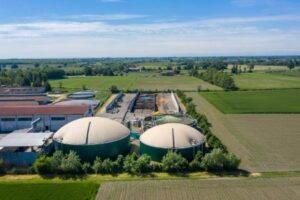Colleen Friend: My school district has saved over a million dollars by going solar. With Solar for Schools, your district could be next

As a superintendent for Carlisle Area School District, I have a lot to balance. CASD encompasses 77 square miles, with seven elementary schools, two middle schools and a comprehensive high school.
We educate approximately 5,200 students, and our student body is diverse and reflective of a wide range of ethnicity, race, religion and socioeconomic status.
The students we serve have a wide variety of needs, and like all young people, they all deserve the best. Sometimes trying to meet those needs feels challenging. But thankfully, Carlisle has always looked toward the future.
That’s why more than 15 years ago, we got to work on solar. School administrators saw the potential savings of early investment in solar energy and began planning a project in November 2008.
We installed 5,178 solar panels on 6.2 acres. The project cost was $5 million, with $2.5 million awarded in grant money, so the cost to the district was halved. We also decided to purchase the array, which means we can receive revenue from solar renewable energy credits (SRECs).
Our first full year with the array was 2011, and it has been running since. At the time, it was the largest solar array at any public school district, and we made national news for using sheep to tend to the grass at the arrays instead of using mowers.
One of our elementary schools, Bellaire, is run entirely on solar energy. Typically, the cost to run that school is about $24,000 annually, so to date we’ve saved around $336,000. But with the revenue from solar renewable credits, our total district-wide savings amount to over $1 million.
The truth is, the highest costs facing K-12 public schools are staffing and energy. The amount of money spent — or saved — on those items can mean the difference between manageable or overcrowded classes, teachers or staff shortages, modern or outdated learning materials.
As important as the revenue and cost savings are, there are more ways than one to measure the benefits of solar. By bringing clean energy right to their schoolyards, we are teaching our students every day about the importance of being good stewards for the environment.
Inspired by the school’s efforts, our eighth-grade students recently completed a “Shark Tank”-style student project, in which they pitched school administrators on ways to make their school buildings more energy efficient. In science classes at our middle and high schools, students track the solar renewable energy credits we receive through the array.
But solar arrays can be expensive. That’s why Solar for Schools, a new grant
program introduced by state
Rep. Elizabeth Fiedler, D-Philadelphia, could be so impactful.
Solar for Schools is designed to make the cost to schools lower than ever, helping schools that ordinarily may not be able to put up the money to access clean energy projects. An added bonus? School districts can stack on federal Inflation Reduction Act funds for up to 50% of the project.
For schools across Pennsylvania, this program could mean all the benefits Carlisle has seen and more: potential revenue and cost savings, learning opportunities for students, more teachers, counselors and support staff, and environmental benefits.
Solar for Schools is accepting applications through
Jan. 31. School districts across Pennsylvania should apply, so they can experience the benefits of solar energy.







